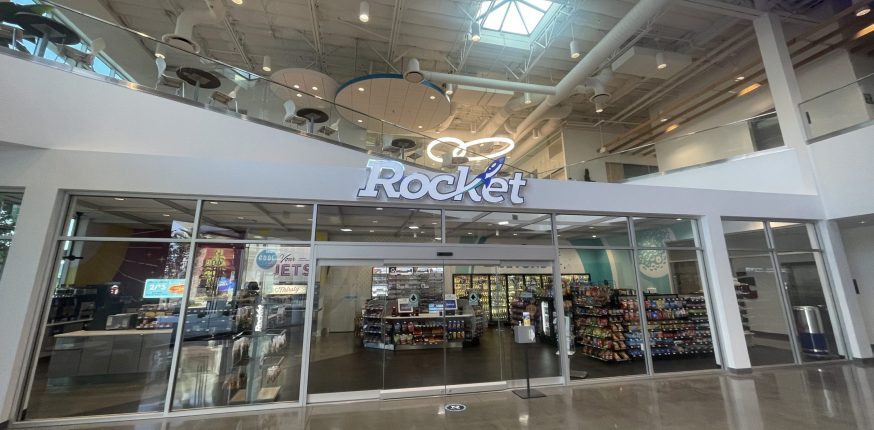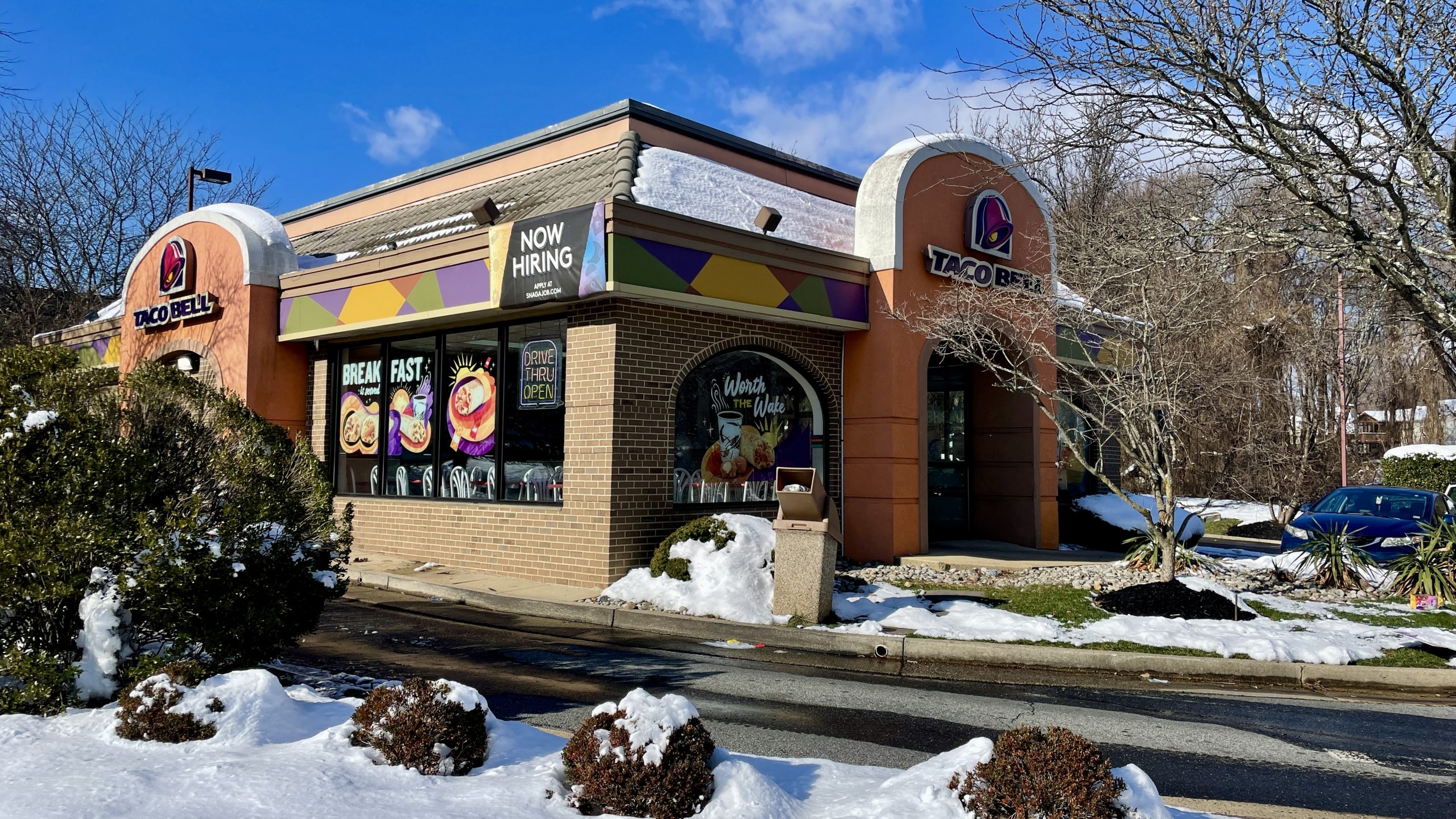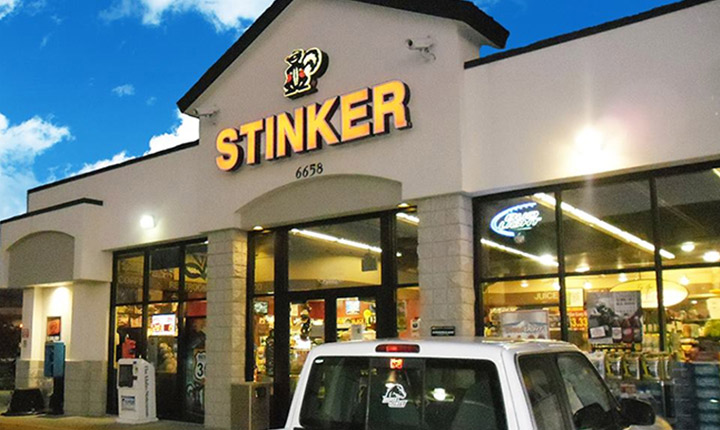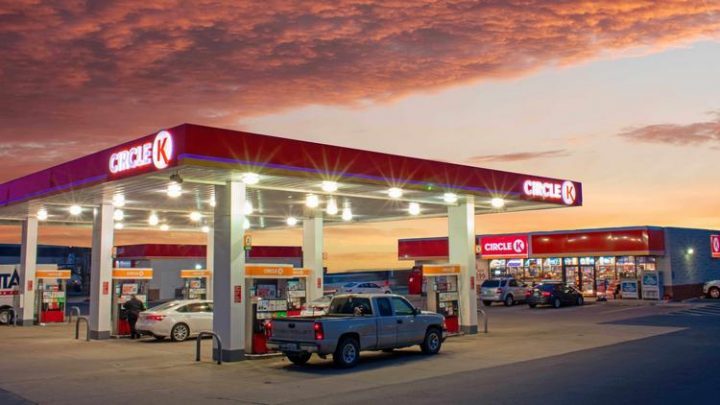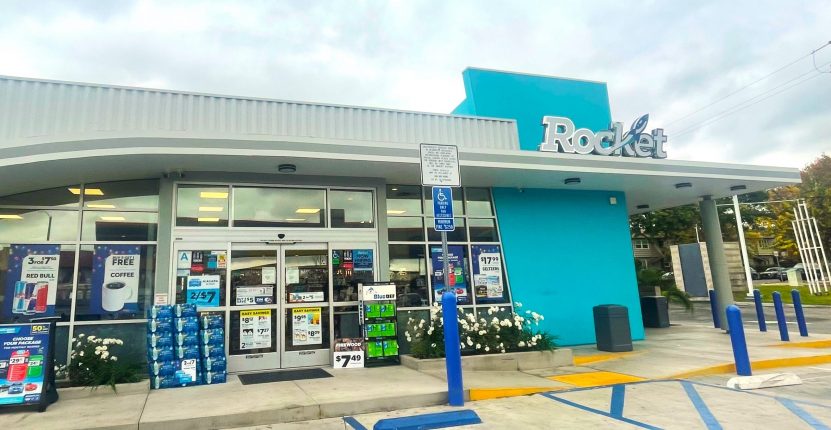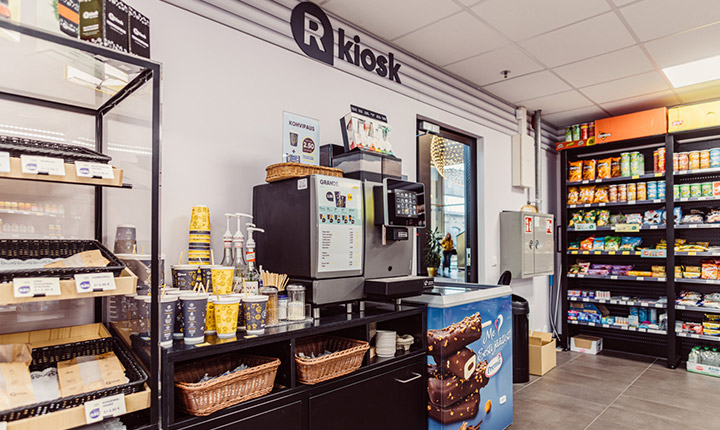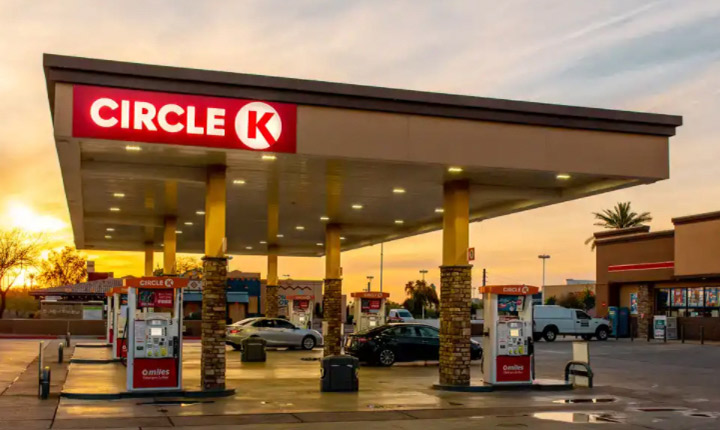“It was the best of times, it was the worst of times…” — the famous quote from Charles Dickens was the perfect opening line used at the recent Loyalty Magazine conference in London to describe the current state of the loyalty marketing industry. As one of the judges for the Loyalty Magazine Awards, I joined other industry experts from all over the world to discuss the ‘perfect storm’ within loyalty marketing today. We debated data concerns in marketing (due to GDPR regulation), the complexity (and opportunities) with emerging loyalty technology platforms and also the pressure to demonstrate ways that we, as loyalty leaders, are delivering commercial returns through the projects and programmes we operate. The conference was an ideal opportunity to connect with other industry leaders from around the world, and this article captures some of the key themes of the day.
Consumer Concerns:
As a truly global conference with delegates from five continents, market differences are expected, however the main loyalty challenges identified were remarkably similar. With the emergence of the ‘attention economy’ and the ‘social economy’, it is simply critical to connect with customer’s goals in order for brands to earn attention and engagement. The speakers agreed that the two issues most customers are still struggling with are loyalty programme complexity and the time to earn a worthwhile reward — issues that are as old as the industry itself, so brands clearly need to continually improve even the basics of programme management.
Insights from an award-winning retail loyalty programme Raymond Rewards from India, showed how in the space of just two years, they successfully recruited over 5 million members and achieved profitable growth using the power of segmentation and personal recommendations to influence and drive product purchases, rather than dilute their brand through coupons or discounts. This was achieved despite immense initial resistance from stakeholders, as franchise holders were exceptionally skeptical how powerful a loyalty programme would be. In just two short years, these business owners who operate over 1,300 stores throughout the country have been slowly won over by the data which proves the commercial impact and returns from their shared investment. The programme has delivered an incredible 20% growth in visits/footfall to stores and significantly higher spend from programme members despite ever-increasing competition from international fashion brands. One favourite insight/lesson from this programme was the decision to capture ONLY a mobile number as the single data point required for registration, with data being enriched over time using Facebook API’s and other databases. A truly customer-centric approach.

Customers in Control
GDPR was discussed as a major challenge for brands who manage customer databases. Although currently limited to companies with customers in Europe, the experts view was that similar legislation will certainly be adopted as standard globally, although the timescales will vary. It makes sense therefore to plan accordingly, as the potential backlash from any breach makes privacy a key management concern for the industry.
While companies who capture data currently use it to benefit themselves and their programme members, an interesting idea emerged as to whether consumers may in time begin to transfer their data from one brand to another (eg Tesco to Sainsbury) in order to personally monetise this asset which clearly they own. While there are no signs yet of this power shift, it certainly offers an interesting perspective — and challenge — to those of us who own or manage large and powerful customer databases.
Impressive results were also shared from a leading programme in the South African market which invites its members to “Make Every Swipe Count”. A delightful community-based programme, its success is attributed to solving key social issues that customers truly care about. Launched in 1997, My School/My Village/My Planet programme is a world class example of delivering double-digit sales growth for its partner stores through the power of ‘convenient charity’. In addition to funding charity donations of almost half a million dollars every month, the programme itself is also profitable and benefits from consistent word-of-mouth marketing which is measured using the net promoter score approach.

Transformative Technology
Loyalty marketing is experiencing explosive growth with an ever-increasing array of technology platforms on offer. Blockchain was the most-talked about topic, but even those involved with trial projects using a distributed ledger approach agreed that its time has not yet come. Described as “noise” (for now), marketers were urged to be clear what business issue they are focused on solving before exploring blockchain as an option. To date, it has been used to deliver projects such as the initial proof-of-concept for the Dubai Points programme, however there is no single use case that the technology addresses. While it can reduce inefficiencies, it typically provides just one layer of the many capabilities that loyalty programmes need. Blockchain was described as “good for data, and good for rules”, but marketers still need CRM and accounting modules so the key message was for us to continue focusing on the key consumer issues and delivering shareholder value, while keeping one eye on this emerging area. The experts agreed it will be another two to five years before we see mass adoption of blockchain.
Technology was also hailed as the under-appreciated “free-to-consumer marketing channel” — a key benefit in this “attention economy”. Many marketers assume the same restraint is needed sending out loyalty communications as they do with sales communications, missing the key point of difference in how welcome the messages are from a well-run loyalty programme. This advice came from the man who launched the famous £100 million programme Tesco Clubcard in the UK market, and his message was clear — loyalty is NOT dead (but sending out plastic cards and posted letters might be!).

Loyalty Lessons
In closing, loyalty marketing was described as an industry “at a crossroads” — a fascinating intersection of “inertia, panic and possibilities”. It is clearly evolving both technically and commercially given how customer behaviour is changing, and when done well, loyalty marketing becomes the real ‘glue’ that connects brands to their customers. True loyalty success was described as retaining customers “even when they are faced with a meaningful competitive alternative”. Data is a tool that enables a brand to “thank and stretch” its customer’s spend — a powerful proposition for any industry or economy looking for solutions to drive commercial performance.
Despite the cost and complexity of delivering world-class loyalty propositions, it’s clear that brands that put the customer at the heart of their business focus do truly differentiate themselves. Loyalty marketing offers an approach that strengthens customer relationships through the power of fair trade. In this evolving world where consumers value integrity, consistency and mutual trust, loyalty marketing is an essential tool that can truly drive profitable growth.
![]()
About Us:
Liquid Barcodes is a leading global loyalty technology company specialized for the convenience store and foodservice industries. Our proprietary cloud-based technology platform allow retailers to create and manage their digital marketing campaigns with a proprietary process we call the “customer connection cycle’ to engage, promote and reward customers activities in real-time across digital and media channels.
How we do it:
We have developed the most advanced loyalty and digital marketing technology platform specifically for convenience store and foodservice retailers globally.
Retailers use our self-service dashboard to create and manage loyalty driven marketing campaigns that increase purchases with their existing customers, as well as effectively target and acquire new customers through partners or paid media channels.
One core component of live loyalty is gamification. We have gamified branding, loyalty and promotions. We believe this approach is essential in order to get customers’ attention and ultimately truly engage them with repeatable actions thereby winning their loyalty.
Check out some of our exciting/proven results here:
About Me:
Paula Thomas: MBA. Certified Loyalty Marketing Professional (CLMP).
Chief Content Officer, Liquid Barcodes and Independent Loyalty Consultant.
With over twenty-five years marketing experience, I specialise in loyalty marketing consulting, managing consumer loyalty propositions, strategy and operations. In addition to working with Liquid Barcodes, my clients have included Telefonica O2, Three Mobile, Electric Ireland, Allied Irish Bank and The Entertainer, as well as Avios – the global points currency for some of the world’s top airlines. I am also a judge for the Loyalty Magazine Awards.
—————————————————————————————–


